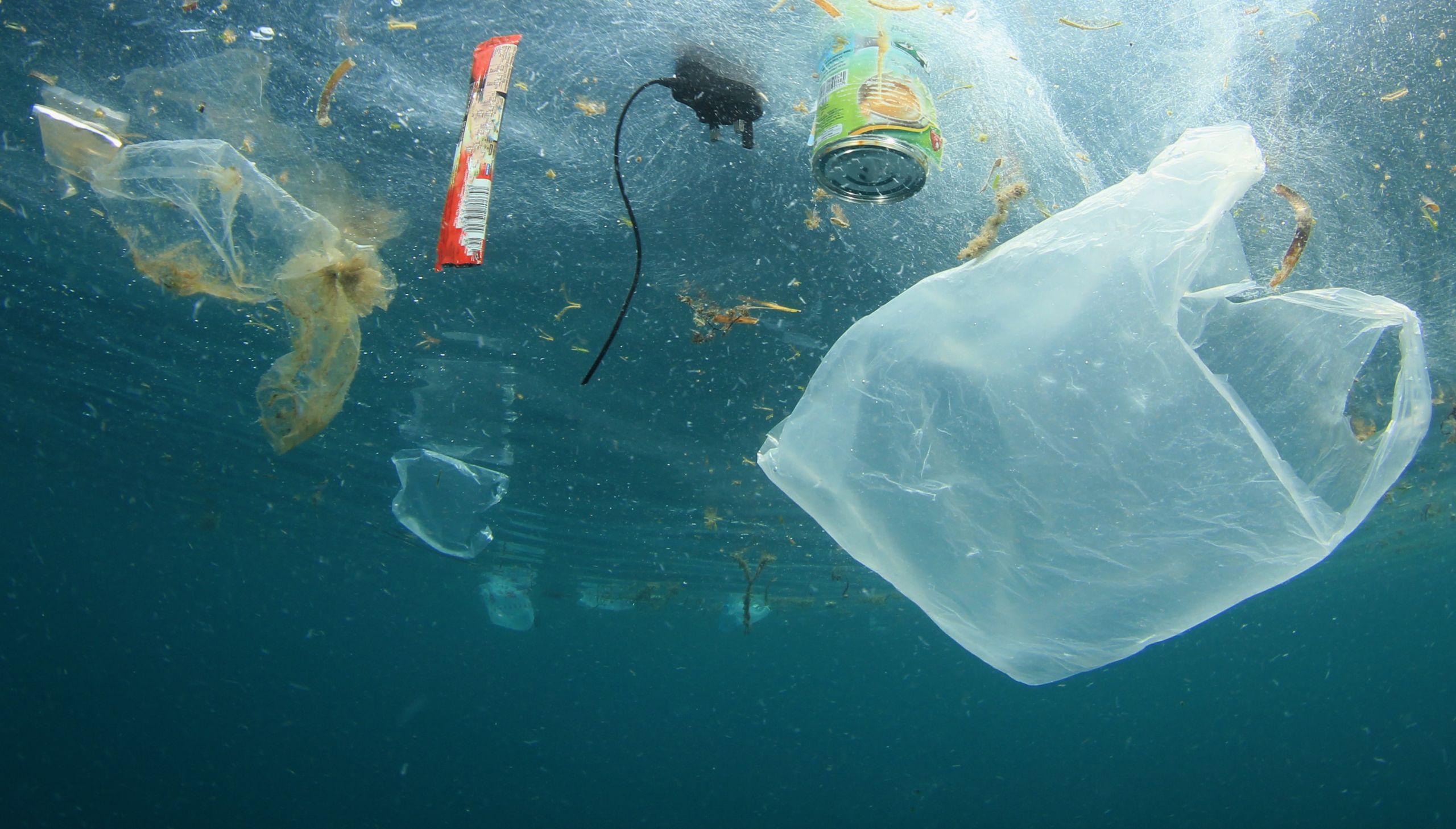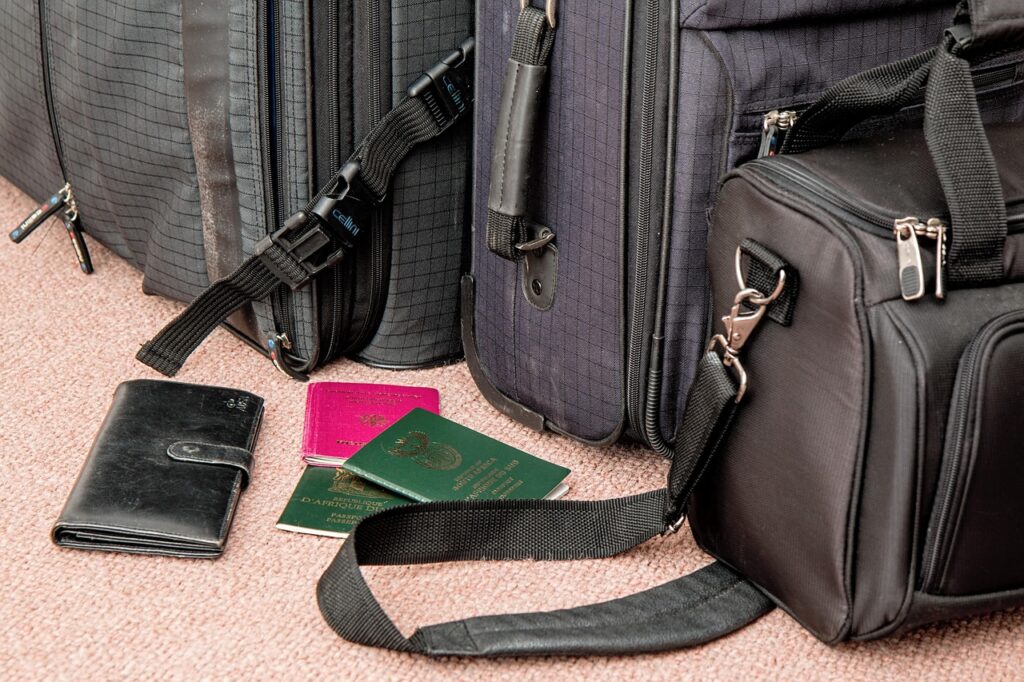Plastic waste is a massive threat to the lives of marine life and birds. Many die in agony because they mistake it for food.
The Ocean Cleanup
In a test phase, the organization The Ocean Cleanup was able to collect over 28,000 kilos of plastic from the sea, which is subsequently recycled.
It’s a mega project that aims to rid our oceans of plastic waste: Founded in 2013, The Ocean Cleanup is dedicated to this mission.
Problem point Great Pacific Garbage Patch
In nine test collections, the organization was able to fish a total of 28,659 kilograms of plastic out of the ocean. At the end of July, the refurbished System 002, nicknamed “Jenny,” had set sail from Canada’s west coast for the so-called Great Pacific Garbage Patch. Scientists estimate that 1.8 trillion pieces of plastic collect in this current vortex in the Pacific Ocean.
The Great Pacific Garbage Patch is located in the North Pacific Ocean and consists of two zones where trash accumulates. Why the garbage accumulates in these particular places is due to ocean currents. It is estimated that the Great Pacific Garbage Patch is three times the size of France or four and a half times the size of Germany. The study on this is from 2018, so the Great Pacific Garbage Patch is even larger today.
The mass and amount of plastic waste in the Great Pacific Garbage Patch is massive. There are about 80,000 tons of plastic trash in the North Pacific, which is as much as 8 Eiffel Towers. In total, there are 1.8 trillion pieces of plastic floating in the Great Pacific Garbage Patch, or an average of 230 pieces for every single person on Earth. Many of these pieces are tiny and are considered microplastics. Marine life often mistakes the plastic pieces for food and ingests them. As a result, fish, birds and other animals cannot digest the plastic and die.
— source: heute.at/picture: https://feature.undp.org/plastic-tidal-wave/
This post has already been read 1154 times!



